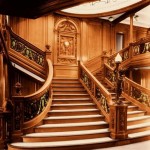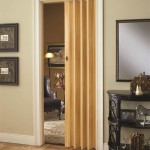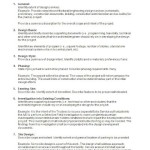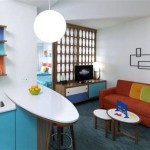Law Office Interior Design: Creating a Professional and Welcoming Space
A law office is more than just a place to practice law. It is a space where clients feel comfortable sharing their legal concerns, where attorneys can focus and collaborate, and where the firm's image is reflected. Law office interior design plays a crucial role in achieving these objectives, balancing professionalism with hospitality to create an environment that fosters trust and productivity. By carefully considering the design elements, law firms can establish an atmosphere that resonates with their brand and promotes long-term success.
1. Functionality and Efficiency
The foundation of any successful law office design is functionality. This doesn't mean sacrificing aesthetics, but prioritizing efficiency in the layout and flow of the space. The following considerations can enhance functionality:
- Open Floor Plan vs. Private Offices: Open floor plans can foster a sense of collaboration and transparency, while private offices provide privacy for confidential meetings and focused work. The choice depends on the specific needs of the firm and its attorneys.
- Ergonomic Workstations: Attorneys spend countless hours at their desks, making ergonomic workstations essential for comfort, posture, and productivity. This includes adjustable chairs, appropriate lighting, and adequately sized workspaces.
- Storage Solutions: Law firms manage a vast amount of paperwork and digital files. Efficient storage systems, including file cabinets, shelving units, and digital document management software, help maintain order and streamline operations.
- Technology Integration: Modern law offices rely heavily on technology. Ensure seamless integration of computers, printers, video conferencing equipment, and other essential tools to support efficient workflows.
2. Professionalism and Brand Identity
A law office's interior design should reflect its professionalism and brand identity. This translates to creating a space that instills confidence in clients and showcases the firm's values. Key elements to consider include:
- Color Palette: Neutral colors like white, gray, and beige create a sense of calm and professionalism. Strategic use of accent colors can add vibrancy and reflect the firm's brand personality. Consider incorporating colors associated with justice, trust, and stability.
- Furniture: High-quality furniture conveys sophistication and professionalism. Choose sturdy, well-maintained pieces that are comfortable for clients and employees. Consider leather armchairs, solid wood desks, and contemporary seating options.
- Lightening: Adequate lighting is crucial for both functionality and aesthetics. Natural light should be maximized whenever possible. Artificial lighting should be well-distributed and offer a consistent, welcoming ambiance.
- Decor: Decorative elements should complement the firm's brand and create an inviting atmosphere. Consider artwork, sculptures, plants, and other subtle accents that resonate with the firm's values and target audience.
3. Client Experience and Hospitality
Law offices must create a welcoming and comfortable experience for clients, fostering trust and building strong relationships. Consider these aspects:
- Reception Area: The reception area is the first impression clients receive. It should be inviting, comfortable, and organized. Consider incorporating comfortable seating, a welcoming desk, and a visually appealing display of the firm's expertise.
- Meeting Rooms: Meeting rooms should be designed for both comfort and functionality. Include comfortable seating, a large table, and appropriate technology for presentations. Consider incorporating soundproofing to ensure privacy and confidentiality.
- Waiting Areas: Waiting areas should be thoughtfully designed to minimize stress and anxiety. Offer comfortable seating, reading materials, and refreshments. Consider incorporating natural elements such as plants to create a calming environment.
- Accessibility: Ensure the office is accessible to all individuals, regardless of physical ability. This includes ramps, elevators, and designated parking spaces.
Designing a successful law office interior requires a holistic approach that considers functionality, professionalism, and client experience. By incorporating these elements, firms can create a space that reflects their brand, enhances productivity, and fosters trust with clients.

Effective Law Office Design Inspiring And Enhancing Workplace Culture

The Future Of Law Office Design Does Without Hierarchical Spaces

Design Considerations For A Law Office Creating Effective Attractive Educational Space

Best Legal Office Interior Design 1 Purealchemy

Modern Law Office Design Latest Tips And Trends Ppa

Best Law Office Interior Design 1 Purealchemy

Reset The Future Law Firm Workplace

Breaking The Mold In Traditional Law Firm Design Work

What S New In Modern Law Office Interior Design Bsd Studio

Lawyer Office Interior Design Ideas Modern Interiors








